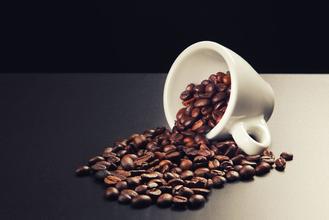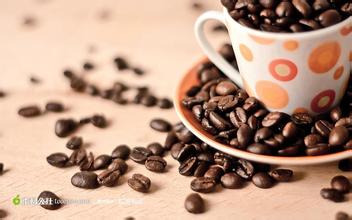Where does Pacamara come from? flavor description of coffee beans introduction of varieties produced by taste treatment method
Where does Pacamara come from? flavor description of coffee beans introduction of varieties produced by taste treatment method
Pacamara is another example of making a name for itself through COE events. In the 90s of the 20th century, some farmers in the Chalatenango producing area of South Song in Charat, El Salvador began to grow Pracamara. In 2006, a farm in this producing area took part in the competition with Pacamara and got the second place. In 2007, a number of farms in the same production area took part in the competition with Pacamara and won the first, third and fourth places. The brilliant achievements made Pacamara win attention.
Pacamara is an artificial hybrid of Pacas and Maragogype, which was first bred by Salvadoran research institutions in the 1950s (mostly 1958). The new variety is considered to be the result of the pursuit of large grain Arabica species and inherits the good characters of the parent plant. Pacas, which has Bourbon lineage, is a native variety of El Salvador and inherits the excellent flavor of the ancient species of bourbon. It was first discovered in 1949. Maragogype is a variety of Typica that first appeared in Brazil. Because of its large bean body, it is known as "elephant bean" elephant bean.
Mr. Rene Martin's idea is to maintain the original traditional planting methods in El Salvador as far as possible, maintaining a wide range of natural agroforestry ecology except for the necessary pruning and irrigation outside the garden, and more than 90% of the estate varieties are planted. Pacamara varieties were first cultivated by Salvadoran researchers in 1958. Pacamara is an excellent variety under rare artificial breeding, which is better than blue, and perfectly inherits the advantages of the mother plant. Both the excellent taste of Pacas and the large size of Maragogipe are inherited by raw bean granules. The bean body is at least 70% and 80% of that of elephant beans, with more than 17 orders and more than 100% and more than 18 eyes. Average bean length 1.03 cm (general bean about 0.8-0.85 cm) average bean width 0.71 cm (general bean about 0.6-0.65), thickness 0.37 cm, bean shape plump and round. The biggest feature of this variety is that it is sour, lively and tricky, sometimes biscuit, sometimes fruity, thick and greasy. In terms of the best quality from El Salvador and Guatemala, Salvadoran coffee inherits the mild quality of Central American coffee, with a soft, slightly sour and beautiful sweetness. At the same time, it also has its own characteristics: the aromatic taste is slightly sour and very soft; it is pure and has no miscellaneous flavor, and the taste balance is excellent; the smooth feeling like cream chocolate is impressive; the dense feeling of coffee in the mouth gives the coffee a deep taste and a long finish.

Important Notice :
前街咖啡 FrontStreet Coffee has moved to new addredd:
FrontStreet Coffee Address: 315,Donghua East Road,GuangZhou
Tel:020 38364473
- Prev

Introduction to the varieties of Grinding scale of Coffee Bean by Brazilian Yega Chuefei Flavor description method
Coffee beans Brazilian Yega Chuefei Flavor description Taste treatment Grinding scale Variety introduction the so-called Yega Chuefei flavor refers to strong aromas of jasmine, lemon or green citric acid, as well as peach, almond and tea aromas. To borrow the taste experience of a scholar, there is only one sentence: coffee entrance, flowers in full bloom! Like a flower touches the comfort of taste buds and olfactory cells in the nasal cavity. In addition to the fragrance of flowers, thin
- Next

The best time for roasting coffee beans-Starbucks concentrated roasted coffee beans
The best time for roasting coffee beans-Starbucks concentrated roasted coffee beans 1. Drying in the early stages of roasting, the raw beans begin to absorb heat, and the water inside gradually evaporates. At this time, the color gradually changed from green to yellow or light brown, and the silver film began to fall off, you can smell a faint smell of grass. The main function of this stage is to remove moisture, which accounts for about half of the baking time, because water is
Related
- Guji coffee producing area of Guji, Ethiopia: Humbela, Shakiso, Wulaga
- What is the most expensive variety of Qiloso in BOP multi-variety group?
- How to store the coffee beans bought home?
- Why are Yemeni coffee beans so rare now?
- Ethiopian Sidamo all Red Fruit Sun Sun Santa Vini Coffee beans
- SOE is mostly sour? What does it mean? Is it a single bean? what's the difference between it and Italian blending?
- Is Italian coffee beans suitable for making hand-brewed coffee?
- How to choose coffee beans when making cold coffee? What kind of coffee beans are suitable for making cold coffee?
- Just entered the pit to make coffee, what kind of coffee beans should be chosen?
- Can only Japan buy real Blue Mountain Coffee? What are authentic Jamaican Blue Mountain coffee beans?

